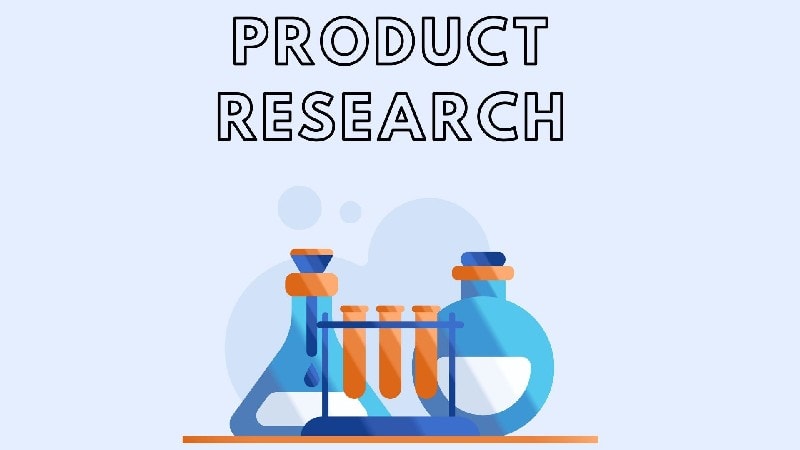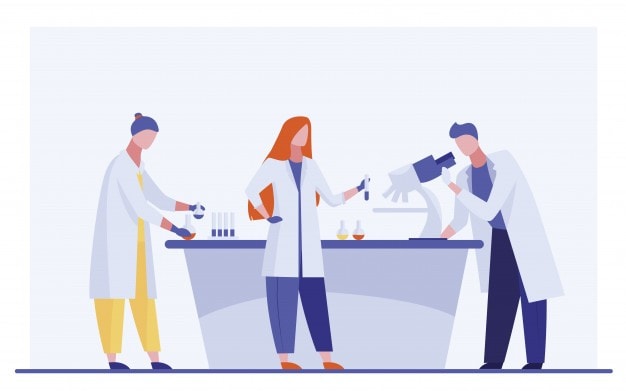The type of marketing research which helps with providing information about the required features of a product or a service is called product research.
In short, product research is gathering and analyzing the data regarding a particular product. It is a significant activity that forms the primary step of new product development. In the primary stages, the screening of new ideas is also carried out by product research. This will avoid the additional costs which may be incurred during product development for rejected concepts or ideas. By testing the concept or design, you can decide if you want to continue with it or not and move on to analyze the next plan.
Product research uses conventional techniques like discussions, interviews, focus group interviews and surveys.
Product research is not merely the research and development department of an organization; instead, it is working continuously to improve the product, even after it is launched. Product research is about providing products that will satisfy the needs of the customer and ensure complete customer satisfaction.
It looks and understands what makes a product tick. If product research is conducted well and thoroughly, it will help the company to get a better competitive edge and gain market share by increasing acceptability with the customers.
Table of Contents
Conducting product research
Testing a new concept for new products can be very difficult, and product research helps to avoid mistakes which may cost a fortune to the organization in the future. Many ideas are generated during brainstorming.
Some companies create Minimum Viable Product (MVP’s), which is a more straightforward option, sort of a prototype which can be used to get feedback of customers. These MVPs are created at an earlier stage of product development so that the initial feedbacks of customers can be taken, and the product can be worked upon.
Other options like focus groups and questionnaires can be misleading because how people react to the product can be very different in theory and practice. Customers may agree to your product and appreciate the new idea, but they might be reluctant to switch over immediately with the new product.
There are different ways for product testing or product research. Using a simple Google keyword search can help you understand the demand for your product or service. Also, it can be known what the customers think about the existing products by reading about their opinions, the reviews and their comments on any social media platform. Even a simple Twitter search can help you understand what the current state of other competitor products in the market is. You could understand many complaints that existing users talk about and incorporate those complaints as feedback in your product or service.
In the initial stages, product research is used to identify novel ideas. Later as the product development stages proceeds, the companies – with the help of product research – will determine the critical features and try to retain them and other elements that are not necessary will be discarded.
New products are tested with customers so that the companies can make any necessary changes in them. Usually, the changes are made in packaging or such superficial features, once the desired level of customer satisfaction is obtained then the product proceeds. Amongst many methods for understanding customer satisfaction, the typical techniques such as interviews, focus group discussions and questionnaires are used most of the times.
1) Primary stage research
The testing of concepts for new products or services can be a challenging task. The usual options of focus groups and questionnaires are reliable but sometimes can be misleading. This is because how the customer may react for a product will be very different from the way people in the focus group may respond. Sometimes, it so happens that customers end up liking the product but do not switch from competitor products.
There are many ways to test the product in the market. Product research, with the help of Free samples or the prototypes of the product, can help the company to understand the feedback of the product. It can also help the customers to compare the product with the competitors.
Some companies sell a limited number of products in the early stages to see the initial reaction of the customers. Although the response can be documented, it cannot be considered as the final response from the customer is because real-life scenarios defer from in-house testings. Even if the company may consider the reaction of customers inside four walls with the help of a focus group, the company can never guess the response of other competitor products in the market.
2) Soft launching of product and Test marketing
Soft launches can be considered as a more productive way to have substantial results, which can be considered as definite. This is regarded as an expensive form of product research because significant investment goes into the development of the product. Test marketing is considered to be an advantageous way to take trials of the product in the new market and determine their sales and identify the changes, if any, are required.
Many companies run a soft campaign online to determine the demand for the product. They build a simple landing page that can help the customers to understand the product.
3) Scientific methods
Some product research involves the use of product engineers. These engineers are available on a contract basis, and their primary function is to Test your product and review it in terms of design, quality, and usability. Product engineers thoroughly test the product scientifically and think like a customer.
They are trained to feel like all types of customers, even a customer who will believe most unusually and use the product. They test the product in every possible way and present it in a report. This report consists of what is likely reviews from different perspectives for the product. Changes or modifications if any recommended in the final part of the report.
4) After the product launches in the market
Once the product launches in the market, the sales start picking up. With the sales comes after-sales services. This is where further product research can be performed. The product research will focus on the experiences of the users and their feedback about it.
A questionnaire may be used so that the detailed observation of the product can be collected from the customers. The received feedback must be worked upon by the organization. Different customers will have different opinions about the product, which will help the organization to get multiple views.
This feedback will help to refine the product further and develop some of its features. Two-way communication between the organization and the customers is crucial for such product reviews.
The company should aim for customer satisfaction regarding product because that will help with the improvement of the product.
Liked this post? Check out the complete series on Market research


